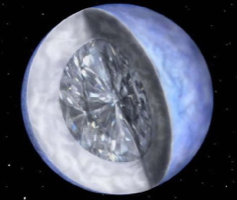
|
Cococubed.com
|
|
Central Density Effects on White Dwarf Supernovae |
Home
Astronomy research
Software Infrastructure:
MESA
FLASH-X
STARLIB
MESA-Web
starkiller-astro
My instruments
Neutrino Emission:
Neutrinos from de-excitation
Neutrino emission from stars
Identifying the Pre-SN
Neutrino HR diagram
Pre-SN Beta Processes
Pre-SN neutrinos
White dwarf pulsations:
12C(α,γ) & overshooting
Probe of 12C(α,γ)16O
Impact of 22Ne
Impact of ν cooling
Variable white dwarfs
MC reaction rates
Micronovae
Novae
White dwarf supernova:
Stable nickel production
Remnant metallicities
Colliding white dwarfs
Merging white dwarfs
Ignition conditions
Metallicity effects
Central density effects
Detonation density
Tracer particle burning
Subsonic burning fronts
Supersonic fronts
W7 profiles
Massive stars:
Pop III with HST/JWST
Rotating progenitors
3D evolution to collapse
MC reaction rates
Pre-SN variations
Massive star supernova:
Yields of radionuclides
26Al & 60Fe
44Ti, 60Co & 56Ni
SN 1987A light curve
Constraints on Ni/Fe
An r-process
Effects of 12C +12C
Neutron Stars and Black Holes:
Black Hole spectrum
Mass Gap with LVK
Compact object IMF
He burn neutron stars
Stars:
Hypatia catalog
SAGB stars
Nugrid Yields I
He shell convection
BBFH at 40 years
γ-rays within 100 Mpc
Iron Pseudocarbynes
Pre-Solar Grains:
C-rich presolar grains
SiC Type U/C grains
Grains from massive stars
Placing the Sun
SiC Presolar grains
Chemical Evolution:
Radionuclides in 2020s
Zone models H to Zn
Mixing ejecta
Thermodynamics, Opacities & Networks
Radiative Opacity
Skye EOS
Helm EOS
Five EOSs
Equations of State
12C(α,γ)16O Rate
Proton-rich NSE
Reaction networks
Bayesian reaction rates
Verification Problems:
Validating an astro code
Su-Olson
Cog8
Mader
RMTV
Sedov
Noh
Software Instruments
AAS Journals
2025 AAS YouTube
2025 Listing of 500+ Author Videos
2025 AAS Peer Review Workshops
2025 ASU Energy in Everyday Life
2025 MESA Classroom
Other Stuff:
Bicycle Adventures
Illustrations
Presentations
Contact: F.X.Timmes
my one page vitae,
full vitae,
research statement, and
teaching statement.
Evaluating Systematic Dependencies Of Type Ia Supernovae: The Influence Of Central Density (2012)
In this article we present a study exploring a systematic effect on the brightness of Type Ia supernovae using numerical models that assume the single-degenerate paradigm. Our investigation varied the central density of the progenitor white dwarf at flame ignition, and considered its impact on the explosion yield, particularly the production and distribution of radioactive $^{56}$Ni, which powers the light curve. We performed a suite of two-dimensional simulations with randomized initial conditions, allowing us to characterize the statistical trends that we present. The simulations indicate that the production of Fe-group material is statistically independent of progenitor central density, but the mass of stable Fe-group isotopes is tightly correlated with central density, with a decrease in the production of $^{56}$Ni at higher central densities.
These results imply that progenitors with higher central densities produce dimmer events. We provide details of the post-explosion distribution of $^{56}$Ni in the models, including the lack of a consistent centrally located deficit of $^{56}$Ni, which may be compared to observed remnants. By performing a self-consistent extrapolation of our model yields and considering the main-sequence lifetime of the progenitor star and the elapsed time between the formation of the white dwarf and the onset of accretion, we develop a brightness-age relation that improves our prediction of the expected trend for single degenerates and we compare this relation with observations.
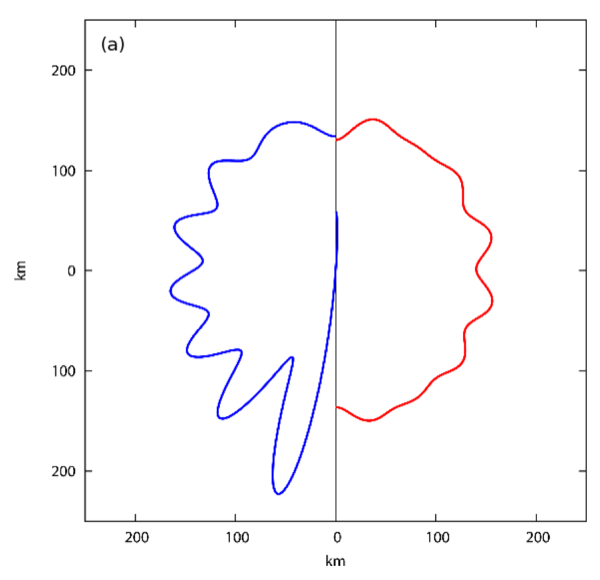
|
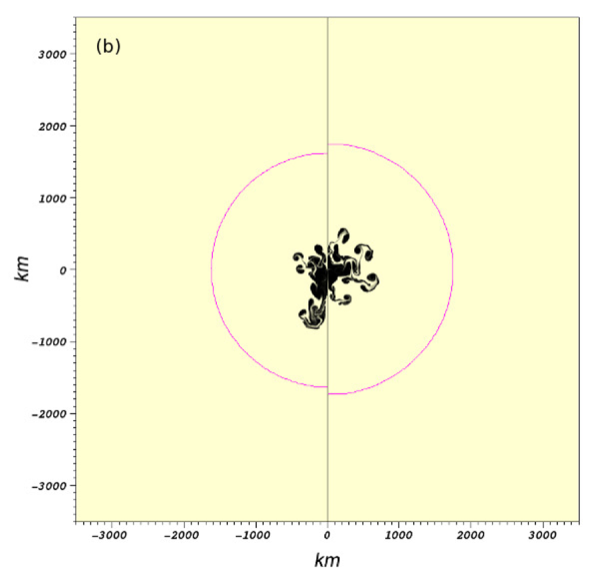
|
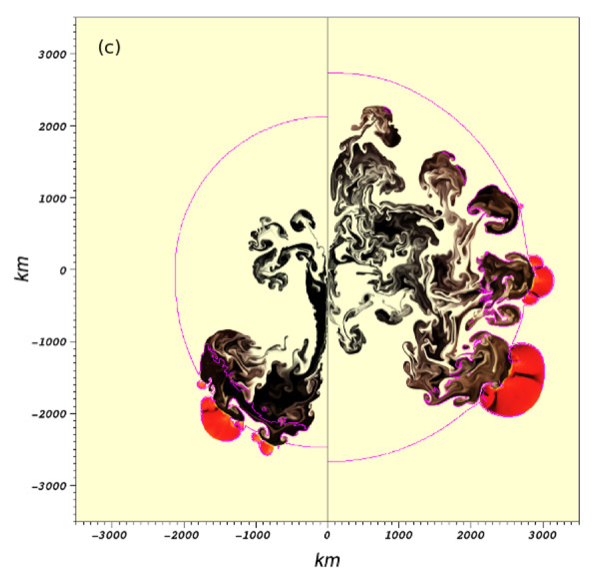
|
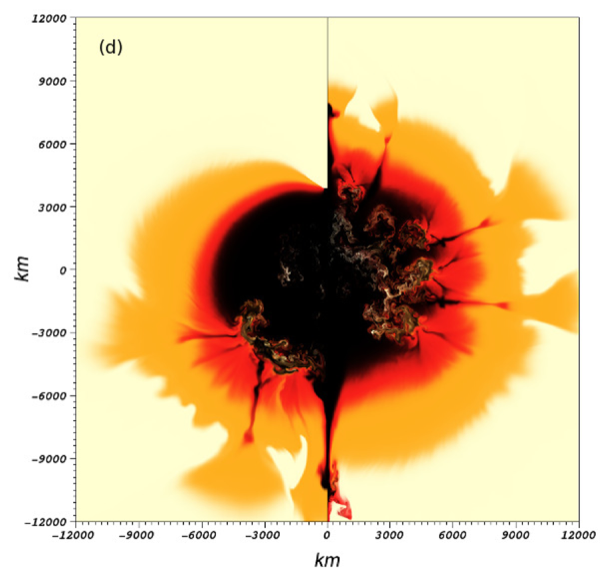
|

|

|
On Variations Of The Brightness Of Type Ia Supernovae With The Age Of The Host Stellar Population (2010)
Recent observational studies of type Ia supernovae (SNeIa) suggest correlations between the peak brightness of an event and the age of the progenitor stellar population. This trend likely follows from properties of the progenitor white dwarf (WD), such as central density, that follow from properties of the host stellar population.
letter we present a statistically well-controlled, systematic study utilizing a suite of multi-dimensional SNeIa simulations investigating the influence of central density of the progenitor WD on the production of Fe-group material, particularly radioactive $^{56}$Ni, which powers the light curve. We find that on average, as the progenitor's central density increases, production of Fe-group material does not change but production of $^{56}$Ni decreases. We attribute this result to a higher rate of neutronization at higher density. The central density of the progenitor is determined by the mass of the WD and the cooling time prior to the onset of mass transfer from the companion, as well as the subsequent accretion heating and neutrino losses. The dependence of this density on cooling time, combined with the result of our central density study, offers an explanation for the observed age-luminosity correlation: a longer cooling time raises the central density at ignition thereby producing less $^{56}$Ni and thus a dimmer event. While our ensemble of results demonstrates a significant trend, we find considerable variation between realizations, indicating the necessity for averaging over an ensemble of simulations to demonstrate a statistically significant result.

|

|

|
|